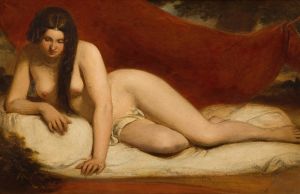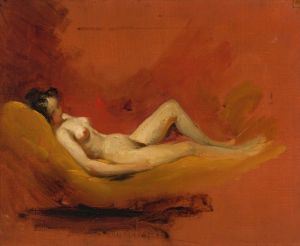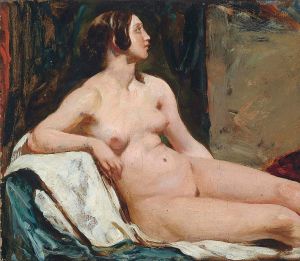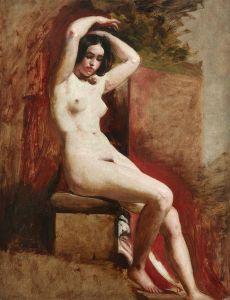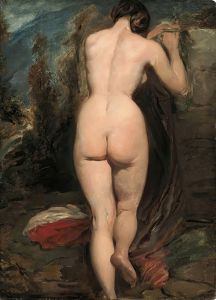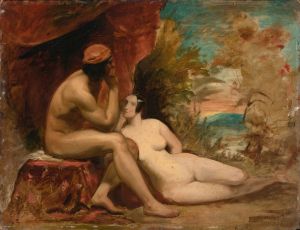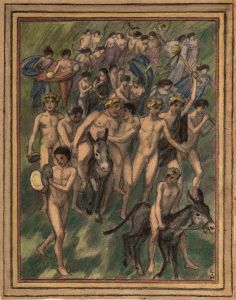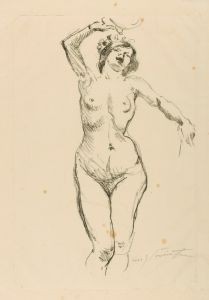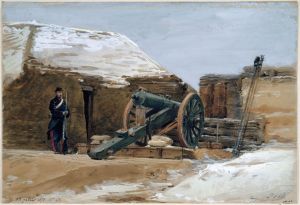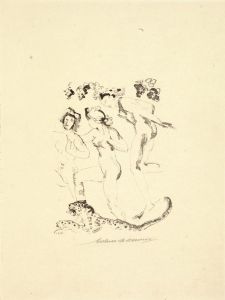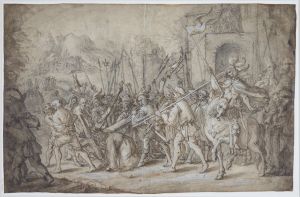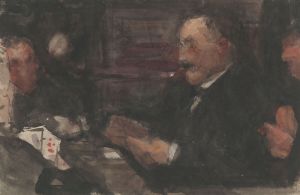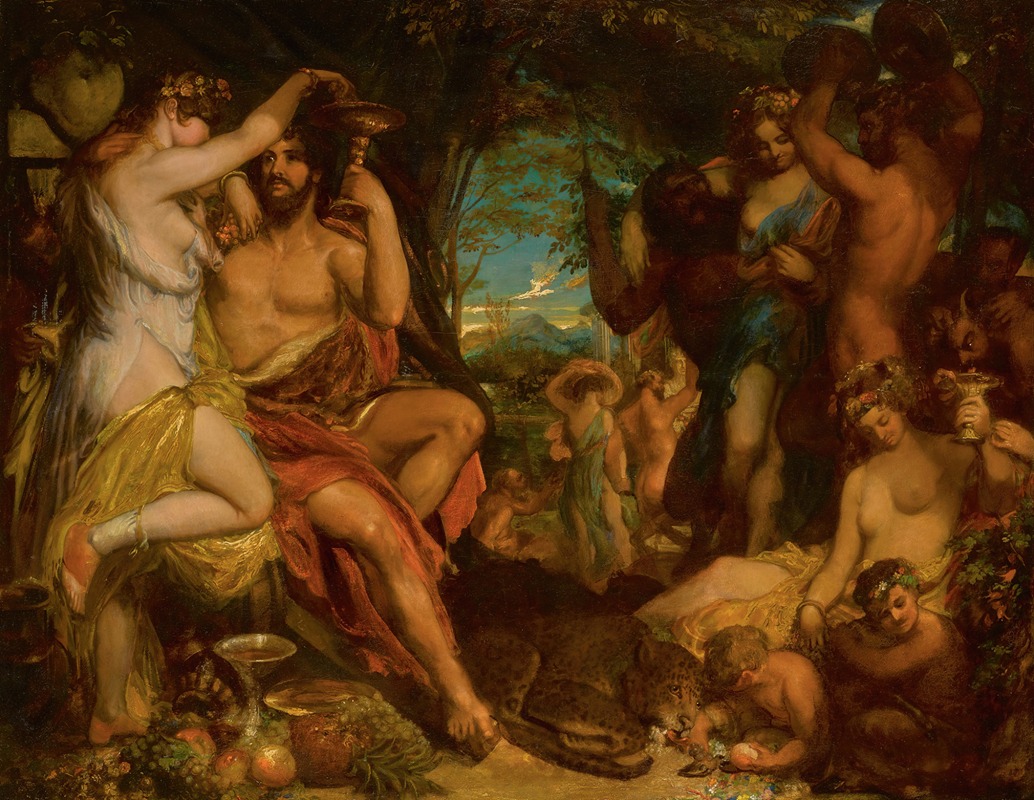
A Bacchanalian Revel
A hand-painted replica of William Etty’s masterpiece A Bacchanalian Revel, meticulously crafted by professional artists to capture the true essence of the original. Each piece is created with museum-quality canvas and rare mineral pigments, carefully painted by experienced artists with delicate brushstrokes and rich, layered colors to perfectly recreate the texture of the original artwork. Unlike machine-printed reproductions, this hand-painted version brings the painting to life, infused with the artist’s emotions and skill in every stroke. Whether for personal collection or home decoration, it instantly elevates the artistic atmosphere of any space.
"A Bacchanalian Revel" is a painting by the British artist William Etty, known for his depictions of historical and mythological scenes, often featuring the human form in various states of undress. Etty, born in 1787 in York, England, was a prominent figure in the 19th-century British art scene, particularly noted for his ability to render flesh tones with a remarkable degree of realism and vibrancy.
The painting "A Bacchanalian Revel" exemplifies Etty's fascination with classical themes and his skill in portraying the human body. The work is inspired by the Bacchanalia, which were Roman festivals of Bacchus, the god of wine, freedom, intoxication, and ecstasy. These festivals were known for their uninhibited revelry and celebration, often depicted in art as scenes of joyous abandon and sensual pleasure.
In "A Bacchanalian Revel," Etty captures the essence of these festivities through a composition that is both dynamic and harmonious. The painting features a group of figures engaged in a lively celebration, with an emphasis on movement and interaction. The figures are typically depicted in various poses, some dancing, others playing musical instruments, and some reclining in relaxed postures, all contributing to the overall sense of merriment and indulgence.
Etty's use of color and light in the painting is particularly noteworthy. He employs a rich palette to enhance the vibrancy of the scene, using warm tones to highlight the figures and create a sense of depth and volume. The interplay of light and shadow adds to the drama of the composition, drawing the viewer's eye across the canvas and emphasizing the physicality of the figures.
The painting reflects Etty's academic training and his admiration for the works of the Old Masters, particularly the Venetian painters such as Titian and Veronese, who were known for their sumptuous use of color and their ability to convey the sensuality of the human form. Etty's work often sparked controversy in his time due to its erotic undertones, but it also garnered appreciation for its technical mastery and aesthetic appeal.
"A Bacchanalian Revel" is a testament to Etty's dedication to his craft and his ability to blend classical themes with a modern sensibility. The painting remains an important example of 19th-century British art, illustrating the period's complex attitudes towards morality, beauty, and the role of art in society.
Today, Etty's works, including "A Bacchanalian Revel," are held in various public and private collections, where they continue to be studied and appreciated for their artistic merit and historical significance. Etty's contribution to the art world is recognized for its bold exploration of the human form and its celebration of the beauty and complexity of human emotions and experiences.





